Meteor showers are among the most amazing, and the easiest, things to see in the night sky, but what causes a meteor shower?
When we see a shooting star streaking across the night sky, what's causing the bright flash, and just how big is that object we're seeing?
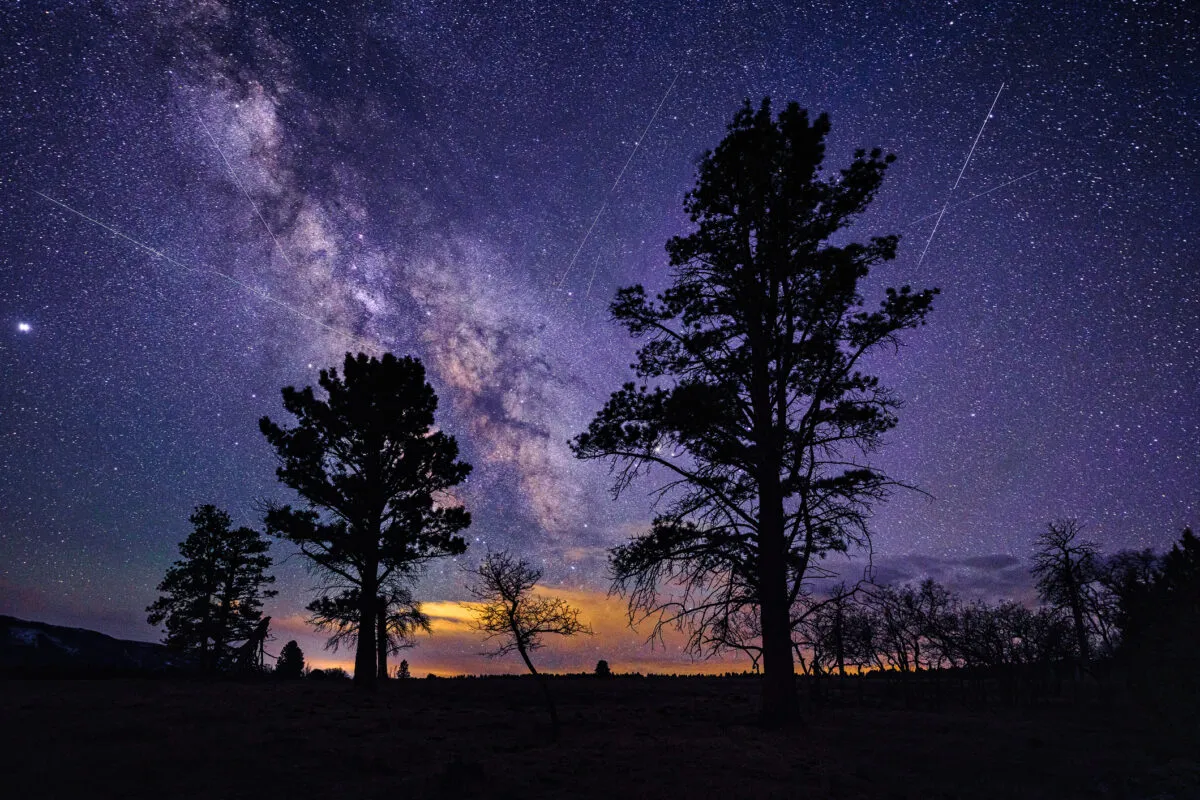
Although seemingly empty, the space between the planets of our Solar System is teeming with vast numbers of meteoroids.
These are small pieces of rock and dust largely originating from comets and asteroids but also, to a lesser extent, from the terrestrial planets and rocky satellites.
A small number even originate from outside our Solar System: so-called interstellar dust.
Meteors are produced when particles of interstellar dust enter Earth’s atmosphere at extremely high speeds (ranging from around 11km to 72km per second) causing them to burn up and leave a bright momentary streak across the sky.
Earth encounters approximately 40,000 tonnes of extraterrestrial dust every year.
Although this may sound like a lot, on a typical night it means you might see just a few meteors an hour streaking randomly across the sky. These are called sporadic meteors.
At certain times of the year these numbers can increase to around 100 meteors an hour in events called meteor showers, as Earth ploughs through denser streams of particles on its orbit around the Sun.
For more info, read our meteor shower guide.
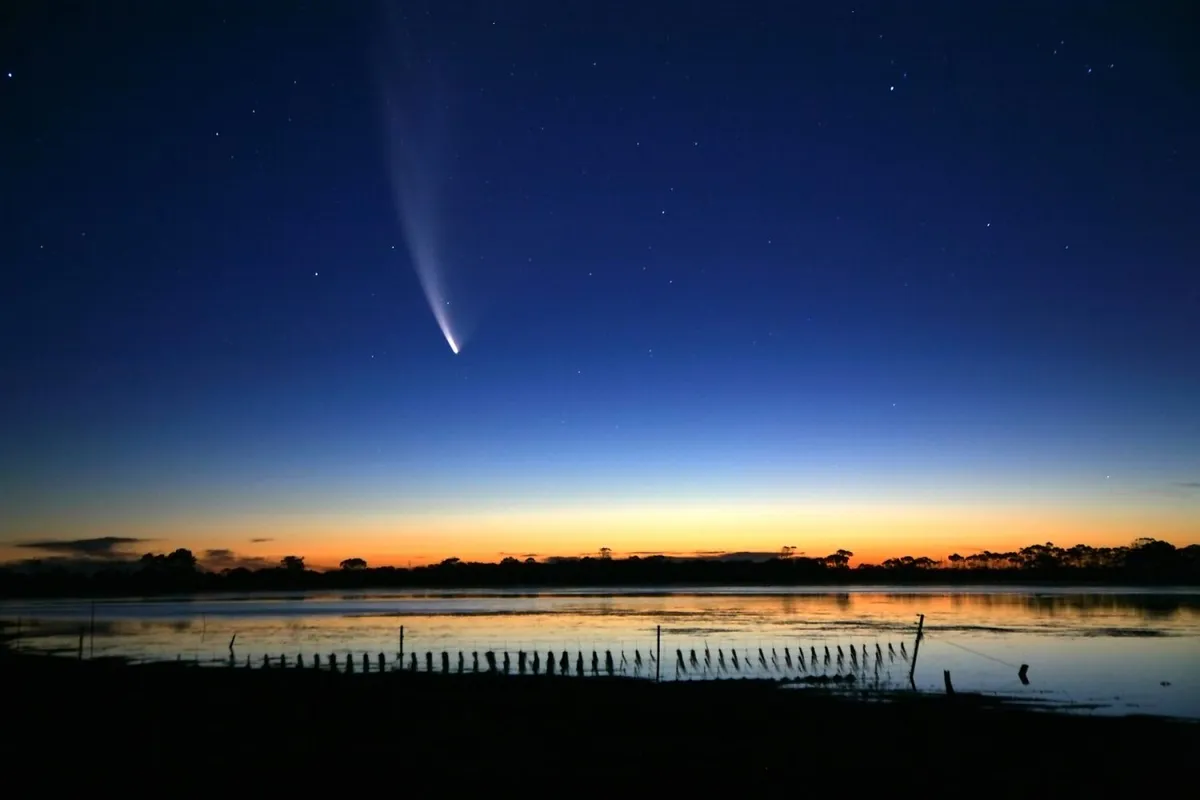
The oldest meteor shower
Of all meteor showers that occur today, one of the oldest known is the Lyrid meteor shower. Observational records for it date back to 687 BC.
In these ancient times, meteor showers were interpreted as portents and then later as phenomena of the upper atmosphere.
Their extraterrestrial nature was not realised until the idea of an Earth-centred Universe lost favour and astronomers became intrigued with meteors.
This was spurred on by the occurrence of spectacular meteor showers in the 19th and 20th centuries, as well as the findings from studies of meteorites – fragments of larger meteors that survive atmospheric entry and reach Earth’s surface.
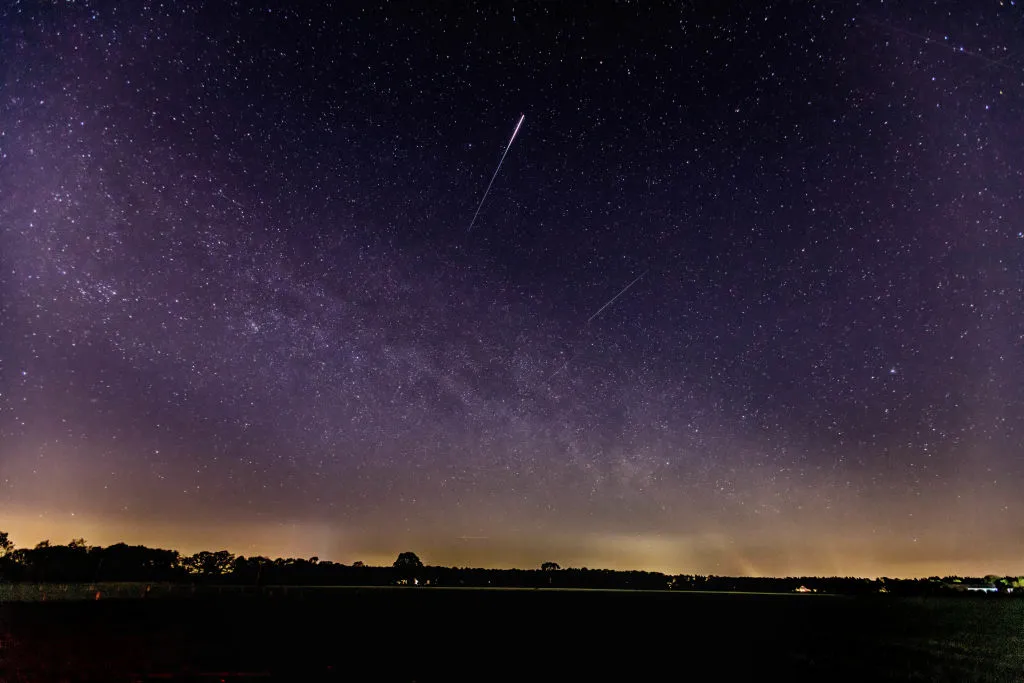
We now know that the debris streams which produce meteors are left behind by comets - and occasionally asteroids, such as the Geminid meteor shower - during their passage through the inner Solar System.
The ice that binds the rocky and dusty constituents of comets is heated by the Sun and turns to vapour, flowing outwards from the nucleus and carrying these grains with it.
These grains create a trail of particles that follows approximately the orbit of the parent comet.
- Read our guide to the best comets of recent times.
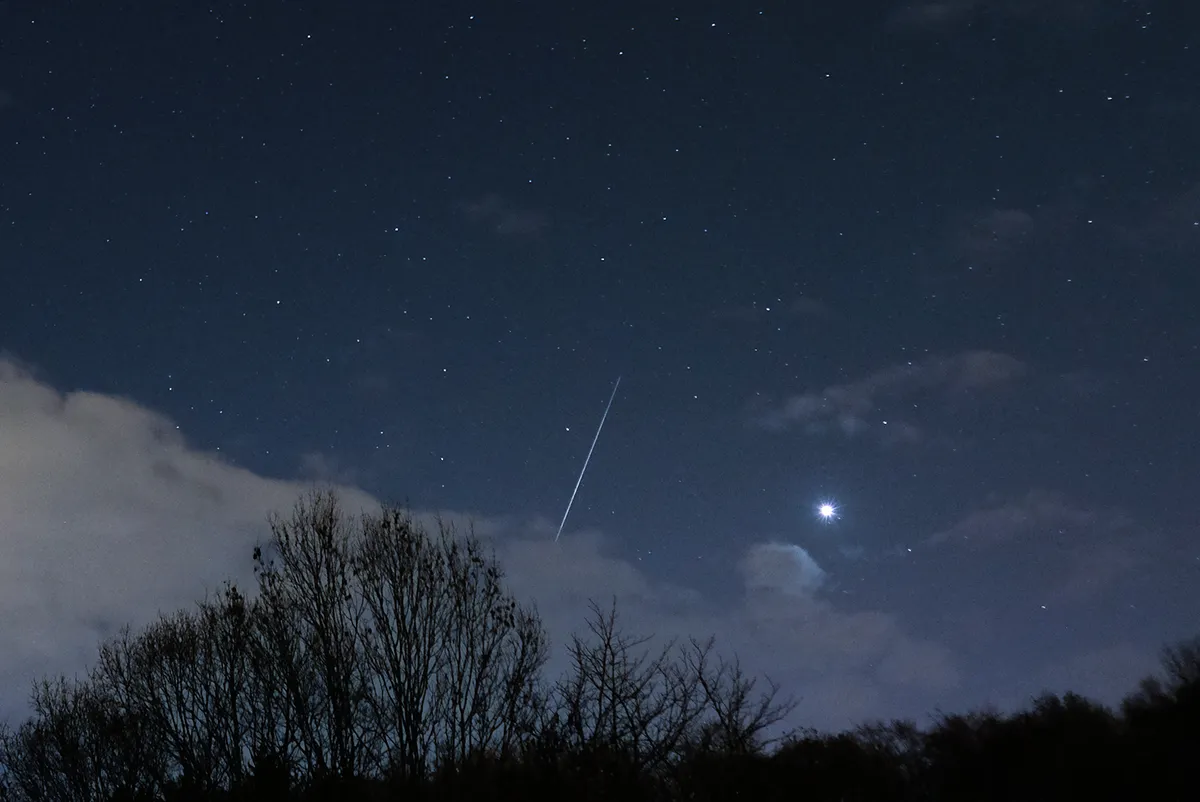
The orbits of comets
While Earth’s orbit around the Sun is roughly circular, comets whose paths cross the inner Solar System have orbits that are typically highly elliptical and inclined to the ecliptic.
This means the paths of Earth and cometary debris can, albeit rarely, intersect. In such cases, a meteor shower will be observed annually when Earth reaches this point in its orbit.
As Earth hits these trails, meteors viewed from the surface appear to radiate from specific points in the sky.
These meteor showers are given names relating to the constellations that are nearest these radiant points.
The Leonid meteor shower, for example, appears to originate from the constellation of Leo.
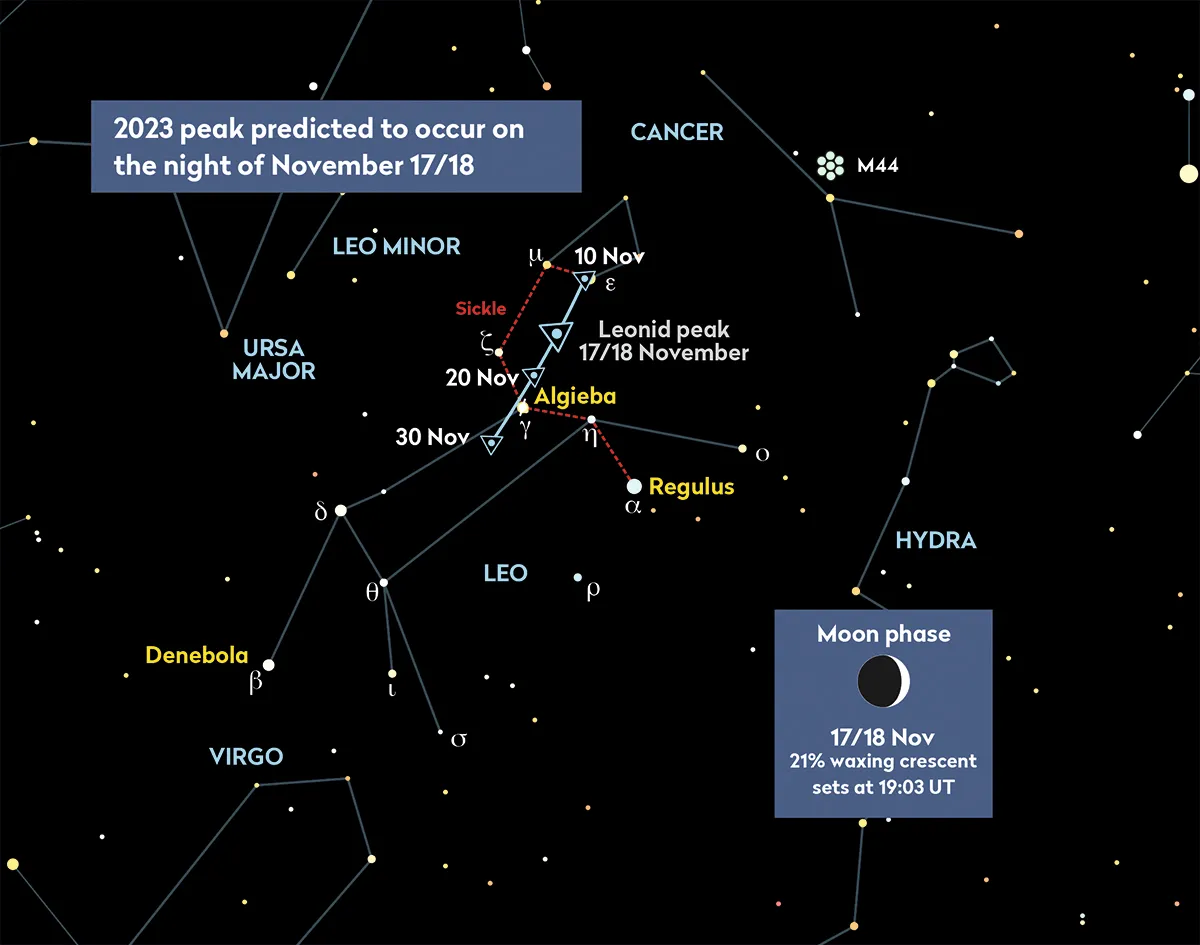
Read our guide to the next meteor shower, to find out when to see each of the annual meteor showers and what the theoretical peak number of meteors per hour will be.
These predictions of meteor shower timings and intensities are generated by using a combination of past observational data from radar and optical telescopes and computer modelling.
Observations provide details of the activity profile, i.e. how the number of meteors changes as Earth barrels through the stream.
Computer models allow us to simulate and study the release and subsequent movement of particles from particular comets.
Let's take a look at the science behind one of the most spectacular meteor shower displays in the calendar: the Perseids.
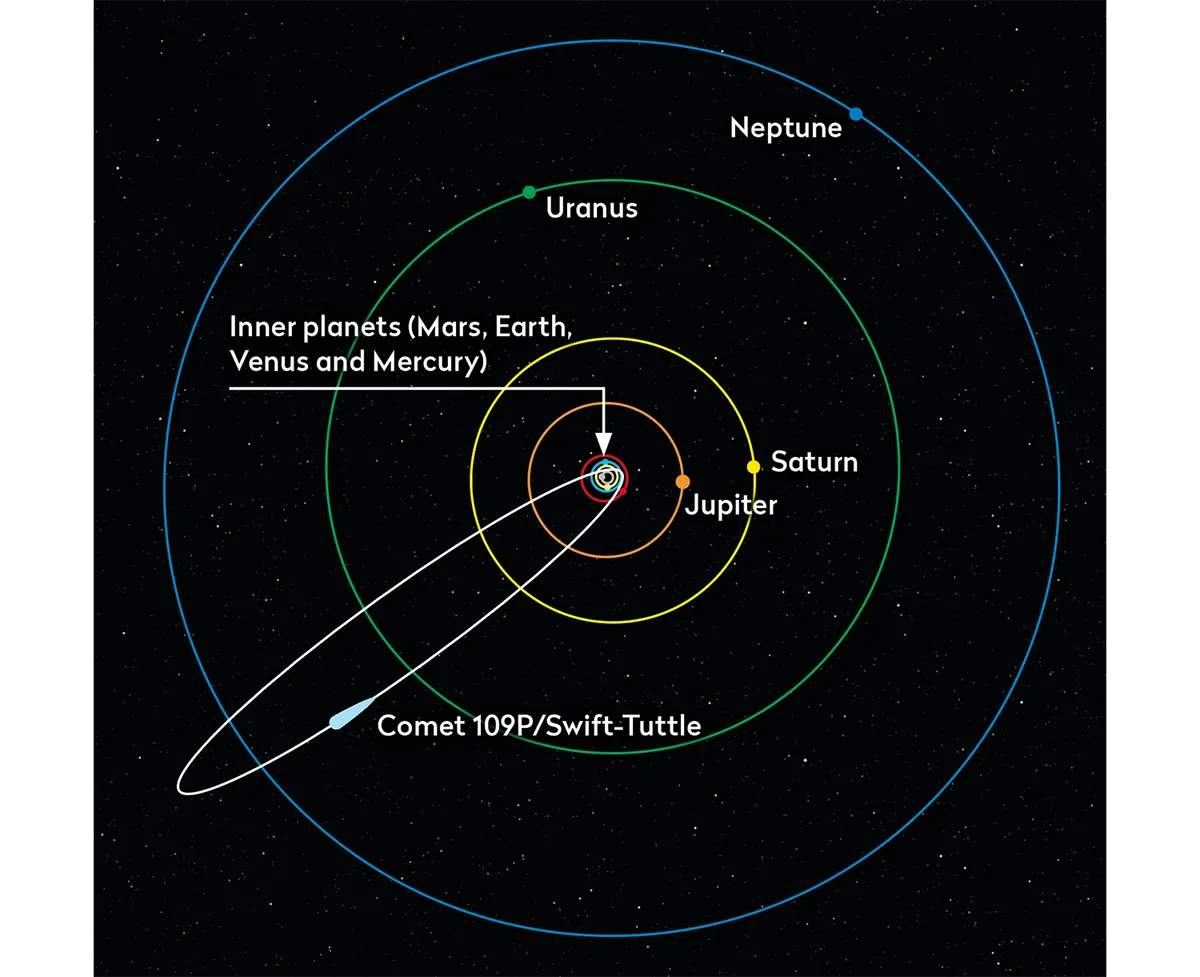
The science of the Perseids
The Perseid meteor shower, with its radiant point in the constellation of Perseus, makes a great starting point for those interested in viewing meteors.
Soaring through Earth’s atmosphere at about 60km per second, the showers start in mid-July and peak in intensity around 12 August.
The best time to observe will be after midnight.As with all meteor showers, we see more meteors after midnight when we are on the side of Earth facing forward along its motion around the Sun, meaning we run into more meteoroids.

It’s estimated that the total mass of material contained within the Perseid stream is somewhere upwards of 10 billion tonnes.
Comet 109P/Swift-Tuttle is the parent of the Perseids and has an orbital period of about 133 years.
Its last trip through the inner Solar System was in the early 1990s, generating increased shower intensity in 1991, 1992 and 1993.
In fact, during the 1993 Perseid meteor shower, a meteoroid is believed to have impacted the OLYMPUS satellite, starting a chain of events that ultimately led to its demise.
Onboard the Mir space station, cosmonauts reported hearing pings believed to have been meteoroids impacting the station’s hull.
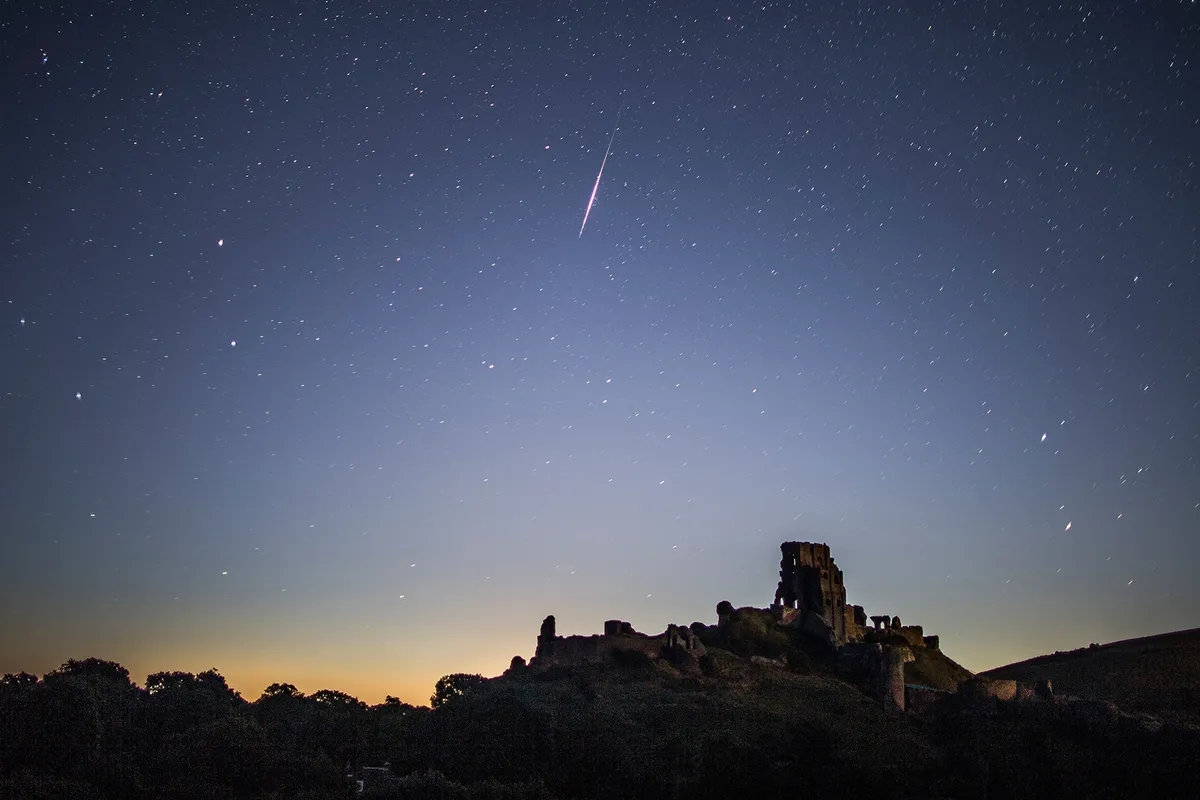
The future of meteor showers
Meteor showers are observed annually, and some have been recorded for millennia, but for how long will they continue?
The answer is entwined in the fate of the parent comet. Ultimately, the meteor shower will begin to diminish when the comet is no longer able to top up the debris stream.
The comet could disintegrate, it could be gravitationally perturbed by a planet into another orbit, or even simply become dormant after losing all of its volatile ices.
So, while well-known and well-loved meteor showers like the Perseids exist, take the time to step outside, look up and try to catch sight of a few.

